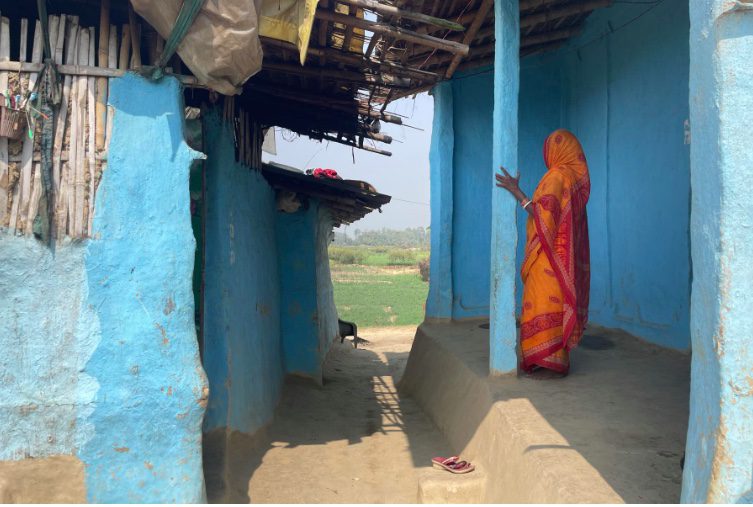
Climate migration amplifies gender inequalities
Key findings
-
Both ‘everyday’ climate adaption, such as securing livelihoods, and long-term climate adaption, such as investing in and building robust houses, require funds. Labour migration contributes to financing both types.
-
It is important to consider how climate change intersects with traditional and gendered dynamics, such as dowry. Crucially, due to traditional gender dynamics, men’s climate mobility can amplify women’s immobility.
-
When men’s labour migration fails or the stream of remittances end, there are often no other ways for women to finance climate adaption. Therefore, alternative ways to finance long-term climate.
Climate change, migration, and women’s work
-
This brief is based on the pilot study ‘Climate change, migration and women’s work’, a collaboration between DIIS and the Danish Red Cross (DRC), with assistance from the Nepal Red Cross Society (NRCS) and funded by the DRC.
-
The study included a desk review of literature, reports, and statistics.
-
Data collection and analysis were based on seven days of ethnographic fieldwork and interviews with 19 women and 6 community stakeholders in the Dhanusha district of Madhesh province in Nepal.
-
Based on the study, a short documentary called Somehow She is Managing has been produced.
